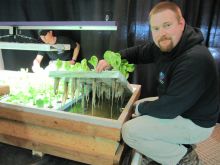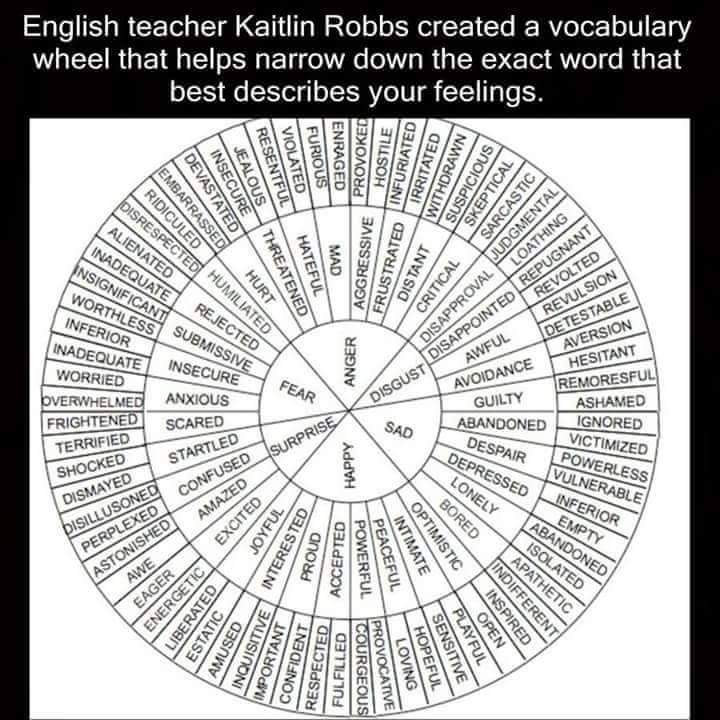http://mymerrymessylife.com/2013/01/homemade-drain-cleaner-green-and-non-toxic.html
You can make your own drain cleaner using ingredients you probably already have in your pantry, with no worries about the toxic and even fatal chemicals found in drain cleaners. You just need vinegar, baking soda, and citrus fruit peels.
Drain cleaners are one of the most toxic chemicals there are, in fact, they are on the Environmental Working Group’s (EWG) Hall of Shame because they can cause blindness, burns, and be fatal if swallowed. I got rid of our drain cleaner about a year ago so the children could never get a hold of it – way too risky for me. I used to work in Internal Communications for a large company and a lady in our office nearly died after accidentally drinking Drano that a janitor had left at the soda machine. She mistook the janitor’s cup for her’s, and had such severe burns in her esophagus that it required many surgeries and several months in the hospital before she could even function normally. YIKES!
Garbage Disposal and Drain Cleaning – Baking Soda and Vinegar
A few weeks ago, I cooked a yummy dinner with fresh shrimp, and loaded up the garbage disposal with stinky shrimp shells. They did get all chopped up, but there was a nasty stank smell, like rotten shrimp, coming out of the pipes. Every morning we’d wake up and think there was a dead mouse somewhere, until we finally figured out it was probably the lovely shrimp shells stuck in the pipes. So, I tried the tip I learned about in the book, “Clean House, Clean Planet” for cleaning pipes – baking soda and vinegar. And as much of a believer as I am in the effectiveness of green, homemade alternatives, I was not expecting it to work – but it did!
I literally dumped about a handful of baking soda into the disposal, then poured in about as much vinegar. I didn’t measure either of them, but if you’re the type who needs a measurement, I’d do a cup of each. You’ll feel like you’re back at your third-grade science fair as it sizzles and bubbles up like a volcano, but it won’t harm anything. Then, I ran the disposal and washed it all down with hot water, and the stanky stank is gone!
Also Works With Front Loading Washers
This tried and true formula also works when the washer drum stinks sump-em (that’s Southern for something) awful and it looks like it’s trying to run away during the spin cycle. When I used to use bleach (have sworn that off forever now), I would run the cleaning cycle with bleach every month like the washer manual suggests, and I didn’t have any problems. Once I started using my own homemade laundry detergent, the stink got progressively worse, in part due to the fact that the door is supposed to be left open and the rubber drum wiped clean after every wash.
Then, I learned at Country Mama Cooks that HE washers get off-balance when the pipes get clogged up and it also causes the smell. The crooked wheels in my head started turning and it was then I realized there was no stink when I used to do the cleaning cycle with bleach every month. So, I decided to try my homemade drain cleaner in the washer instead – I dumped a cup of baking soda, a cup of vinegar, and a cup of hydrogen peroxide (read about all it’s magic here) straight onto the bottom of the drum and ran the cleaning cycle.
The smell was considerably less, especially after I also scrubbed the rubber seal around the perimeter of the drum where the door closes. Then, after another round, the smell was gone! Now I will use this method on a regular basis to keep the mildew at bay. I love using cheap things straight from the pantry to clean and get results!
Also Works for Clogged Pipes
I have used just baking soda, vinegar and boiling water to literally unclog pipes – it really works! We had a clogged sink in the bathroom and I poured in the baking soda, then some vinegar, watched the fizzing (which is really fun!) and let it sit for about 15 minutes. Then, I poured a tea kettle of boiling water down the drain to rinse it all out and the clog was gone!
Garbage Disposal Cleaning – Dried or Pickled Citrus Peels
After writing about Citrus-Infused Vinegar for green cleaning, my mom and I have been using not just the pickled citrus peels (they sit in vinegar for a week to two weeks and really soften up) in the garbage disposal, but dried citrus peels as well. My mom found if left out, the peels dry in just a few days and become brittle, so they are then safe to put in the garbage disposal. Once you add the peels to the disposal, run it for a minute or so while running hot water down the drain and it will clear up stinkies as well!





